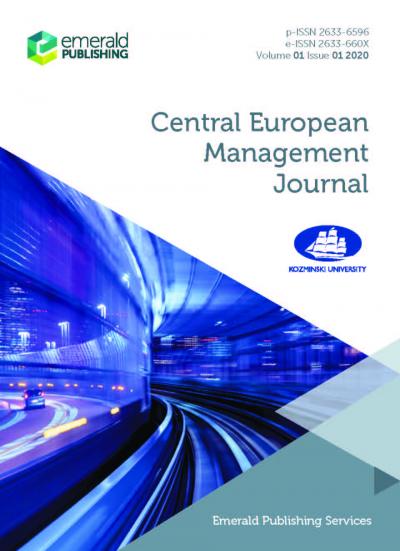Gender and Age as Determinants of Expected Rate of Return on Human Capital
Bartosz Kurek
Cracow University of Economics
Ireneusz Górowski
Cracow University of Economics
12/2020 28 (4) Central European Management Journal
DOI 10.7206/cemj.2658-0845.33








